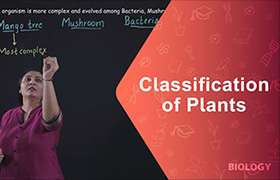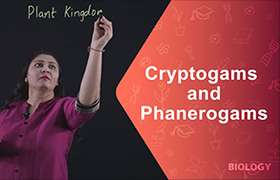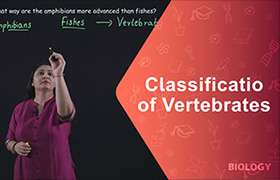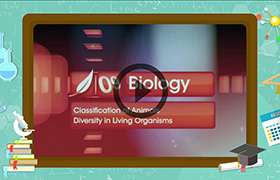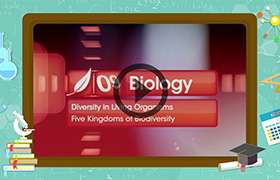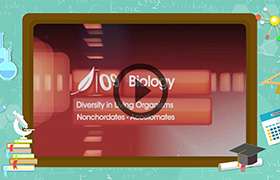CBSE Class 9 Answered
|
KINGDOM |
CHARACTERISTICS |
EXAMPLES |
|
Monera
|
1. Unicellular, made up of a single cell 2. Have a prokaryotic cell structure 3. The cell lacks a distinct nucleus, nuclear material is organized in the form of a circular, double stranded and helical DNA, devoid of nuclear membrane 4. The cytoplasm lacks well-organized cell organelles, except for ribosome. 5. Cell wall is generally present, except in Mycoplasmas 6. Mode of nutrition is either, autotrophic or heterotrophic |
Bacteria, Cyanobacteria, Mycoplasma |
|
Protista
|
1. Contain a well-defined nucleus, enclosed in a nuclear membrane, presence of a nucleolus 2. Protoplasm surrounded by plasma membrane 3. Cytoplasm contains various cell organelles 4. Nuclear material organized in the form of a linear, double stranded and helical DNA , along with proteins
|
Chlamydomonas, Euglena, Amoeba, Paramoecium, Pandorina |
|
Fungi
|
1. Mostly multicellular 2. Body called mycelium is composed of several thread-like structures called hyphae 3. Possesses a true nucleus and a definite cell wall, made up of chitin 4. Lacks chloroplast 5. Mode of nutrition is heterotrophic 6. Saprophytic fungi utilize dead and decaying organic matter as a source of food 7. Parasitic fungi thrive on other living organisms to obtain their food |
Mucor, Rhizopus, Puccinia, Ustilago, Albugo, Penicillium, Aspergillus
|
|
Plantae
|
1. Multicellular eukaryotic 2. Cell is bound by a cell wall, made up of cellulose 3. Contains a true nucleus and membrane-bound cell organelles 4. Contains a large vacuole bound by a single membrane 5. Contains a double membrane-bound cell organelle, called plastid, which possess a photosynthetic pigment, called chlorophyll, which enables them to prepare their own food 6. Mode of nutrition is autotrophic 7. The excess food material is stored in the form of starch and lipids 8. Mostly non-motile, stationary 9. Growth is indefinite |
Algae, Moss, fern, Pine, Hibiscus |
|
Animalia
|
1. Eukaryotic multicellular, lack chlorophyll 2. Mostly free living, some lead a sedentary life 3. Lack cell wall and plastid 4. Presence of smaller vacuoles 5. Heterotrophic mode of nutrition 6. Growth is limited |
Earthworm, Sycon, Beetle, Toad, etc. |

